Scarce rental housing and high living costs mean many international students in Australia are struggling to survive.
Zoe Jiang from China is paying more than $300 a week to rent a makeshift tent in another student’s living room, while Sharlene, 27, from Zimbabwe, has been sleeping in a homeless shelter for two weeks, sharing a bathroom with 30 other people.
Not only Zoe and Sharlene, the majority of international students in Australia are struggling to find accommodation.
Australia currently has a shortage of about 524,000 apartments to meet demand. In Sydney, one of the cities with the most international students, the average rent will increase by 11% by 2022, to 679 AUD (10.3 million VND) a week. The situation is similar in Melbourne and Perth, where students are having a hard time finding rental housing, while dormitories are full, according to The Straits Times.
In addition to housing, the cost of living is also weighing on them. Data released by the Australian Bureau of Statistics at the end of April showed that food and non-alcoholic beverage prices rose 8% in the first quarter compared to the same period last year. Meanwhile, transport and accommodation costs rose more than 25%, electricity bills rose 15.5% and medical services rose 6.7%.
Earlier this year, a team from the University of Technology Sydney and Macquarie University surveyed more than 7,000 international students. They found that 21% of respondents said they went to school without enough food, and 22% did not have adequate heating and cooling in their apartments. Meanwhile, more than half of students with “very low incomes” said they could not “easily afford rent,” compared to 34% of students with average incomes and 17% of students with secure incomes.

Photo: Erudera
While the housing crisis has affected most Australians, international students face additional challenges. Experts say this is because they have often never rented in Australia before, and face language and cultural barriers.
Faced with rising living costs, many people accept being exploited at work, receiving less than the legal minimum wage. However, they do not dare to complain because they fear this will affect their future visa applications.
"I rarely see a Chinese student receiving the legal minimum wage. The maximum I ever received was 18 AUD (280,000 VND) an hour," said a Chinese student. Meanwhile, since July last year, the minimum wage in Australia has been more than 21 AUD an hour.
One Indonesian student said rent was even increasing weekly or bi-weekly. “I’m working two jobs, about 40 hours a week, just to cover the most basic living expenses,” he said.
As of the end of February, the total number of international students in Australia was more than 547,000, up 26% compared to the same period last year. The countries with the largest numbers of students in this country are China (156,000), India (100,000), Nepal (57,000), Colombia (22,600) and Vietnam (22,500).
Duc Vu (According to Erudera, Wsws)
Source link



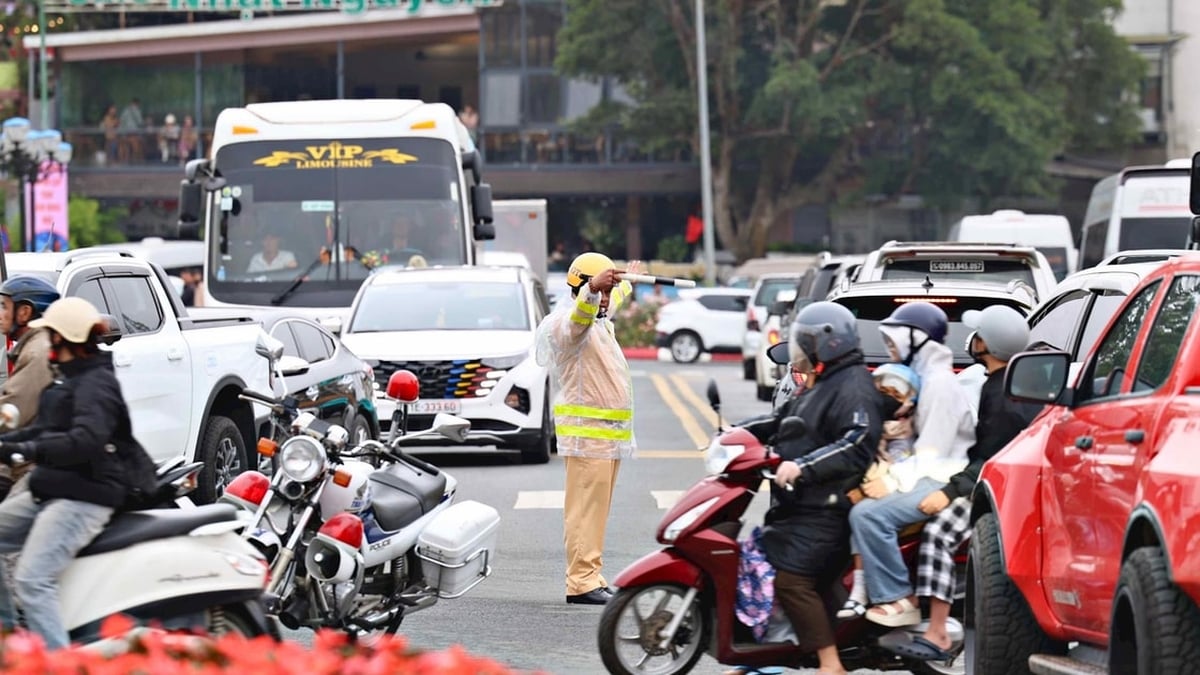
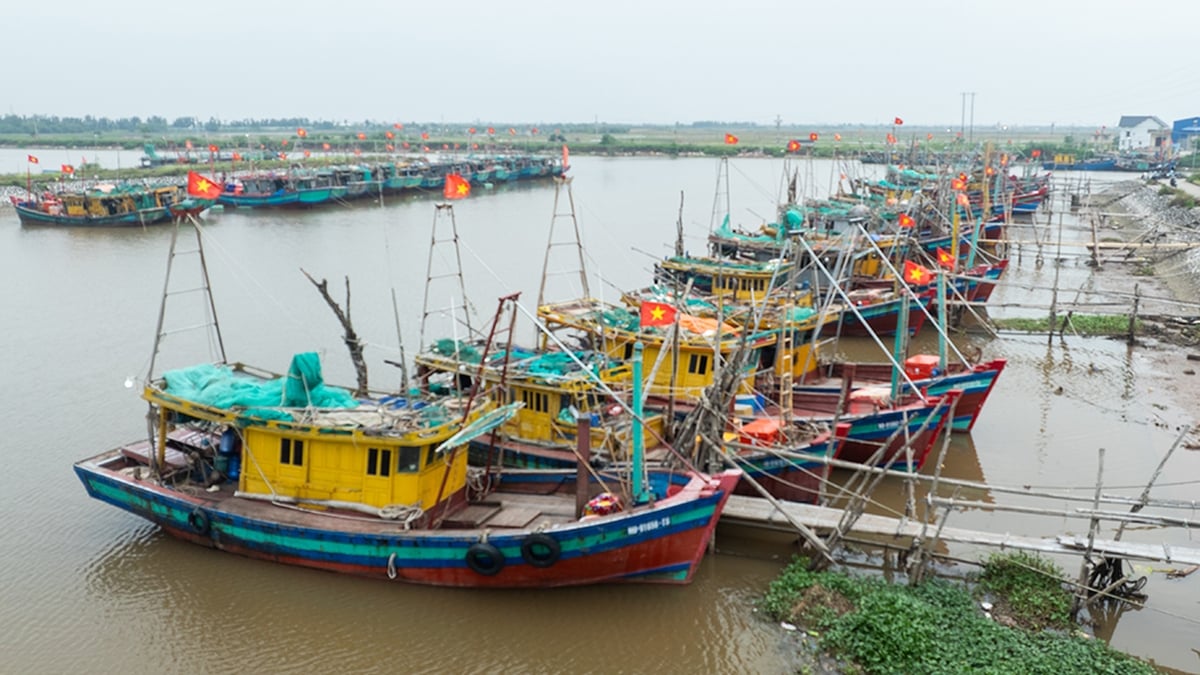
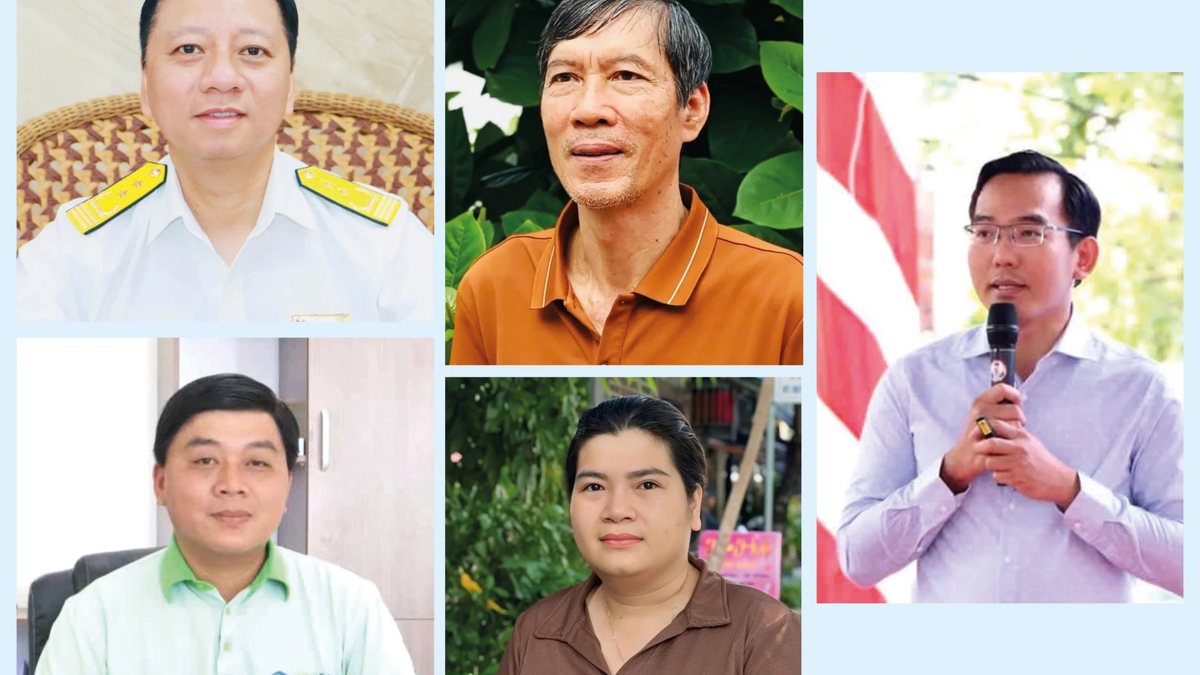
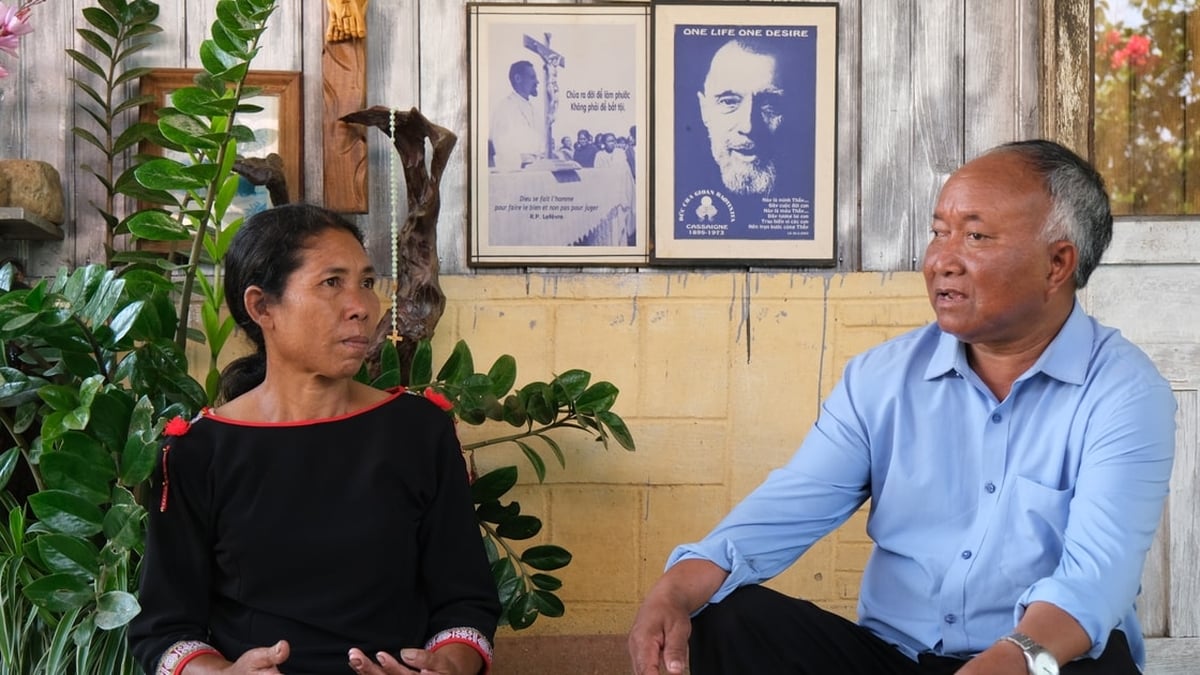
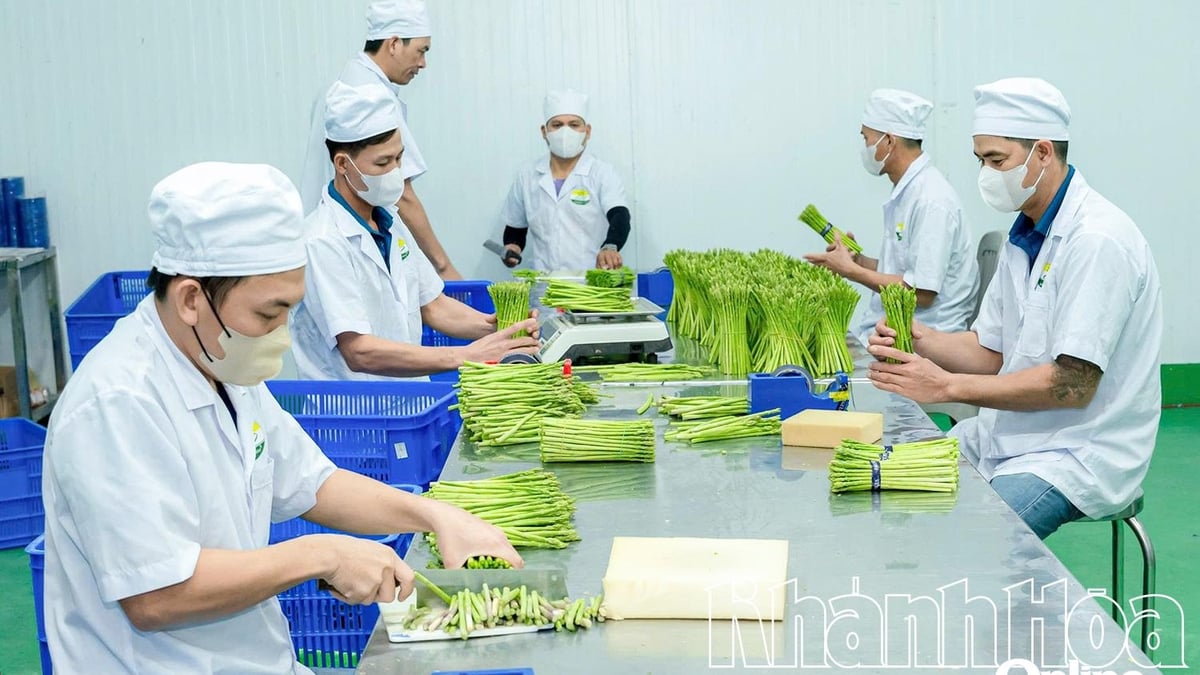


















![[Photo] National Assembly Chairman Tran Thanh Man visits Vietnamese Heroic Mother Ta Thi Tran](https://vphoto.vietnam.vn/thumb/1200x675/vietnam/resource/IMAGE/2025/7/20/765c0bd057dd44ad83ab89fe0255b783)







































































Comment (0)